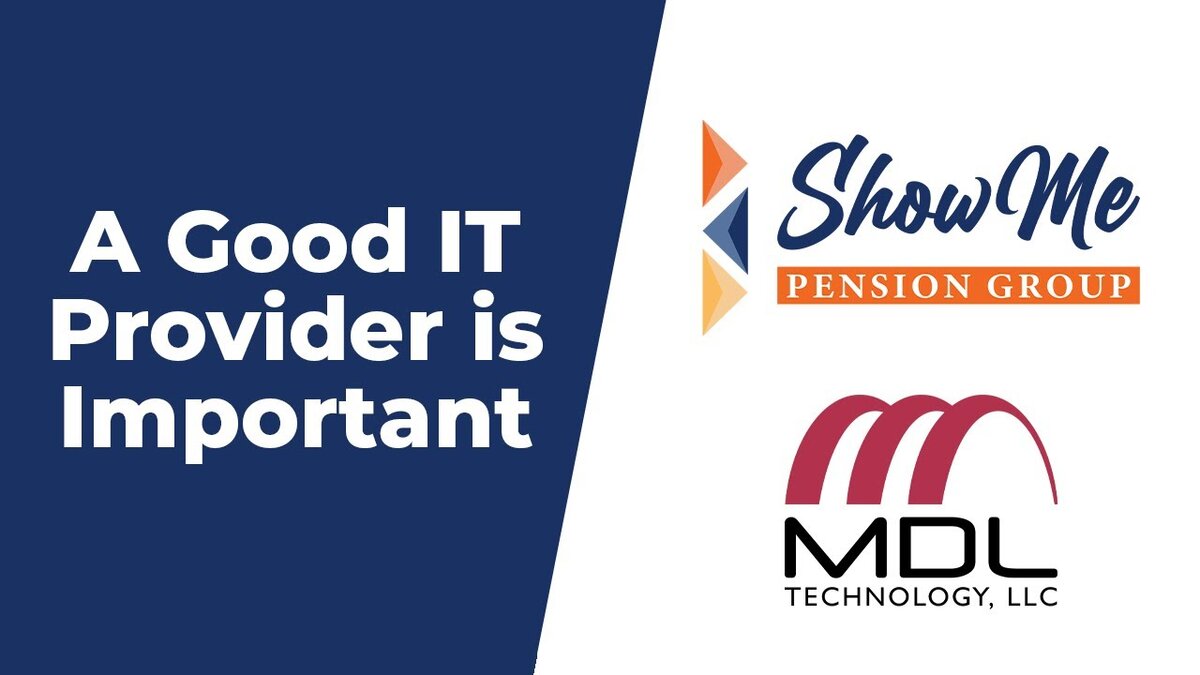
How confident are you that your business’s IT infrastructure is protected from the constant barrage of cyber threats? Software vulnerabilities are on the rise as technology becomes more complex, posing significant risks to businesses. With countless vulnerabilities detected across various operating systems and third-party software, effective patch management is critical. Unfortunately, studies have shown that many users neglect to install timely security patches, leaving their systems vulnerable to cyber threats.
In today’s digital landscape, businesses face the ever-increasing challenge of protecting their systems and sensitive data from malicious actors. Patch Management Services are the solution. Below, we’ll delve into the critical role of Patch Management in fortifying your IT environment and explore why partnering with a Managed IT Service Provider is essential for ensuring effective patching.

Understanding Patch Management
Patch management is the process of identifying, acquiring, testing and deploying software updates, or patches, to address vulnerabilities and bugs in applications, operating systems and other software components. But why is it crucial for businesses to keep up with these patches?
According to a survey conducted by Verizon in their 2021 Data Breach Investigations Report, a staggering 61% of breaches in 2020 involved vulnerabilities that were two to four years old. This alarming statistic highlights the importance of prioritizing patch management to prevent exploitations of outdated systems.
By actively managing patches, organizations can ensure that they are promptly applying fixes provided by software vendors, thereby reducing the risk of known vulnerabilities cybercriminals can exploit.
Addressing Vulnerabilities
Unpatched software poses a significant risk to organizations as cybercriminals relentlessly exploit vulnerabilities to gain unauthorized access or launch damaging attacks like ransomware. By implementing Patch Management Services, you ensure that all your software (including operating systems, applications and firmware) remains up to date, effectively reducing the attack surface and strengthening your defenses.
In today’s rapidly evolving technological landscape, software vulnerabilities have become a widespread concern. According to the National Vulnerability Database (NVD), the number of reported vulnerabilities has been steadily increasing over the years. In 2019 alone, a staggering 17,306 vulnerabilities were reported across different software systems, with 47% classified as high or critical severity.
NVD data further reveals that patching within one day of the patch release can mitigate reported vulnerabilities by a remarkable 98%. This statistic underscores the critical nature of timely patching to prevent potential security breaches.
By promptly applying patches, businesses can close security loopholes, preventing attackers from exploiting known vulnerabilities and reducing the risk of successful cyberattacks.

Compliance and Regulatory Requirements
Compliance with industry regulations and data protection standards is a paramount concern for organizations across various sectors. Patch management plays a vital role in meeting these requirements. By regularly updating and patching your systems, you enhance security and also demonstrate your commitment to safeguarding sensitive customer data.
Patch management plays a vital role in meeting these requirements by ensuring that systems are up-to-date and protected against known vulnerabilities:
- Protecting Sensitive Customer Data — Organizations handle vast amounts of sensitive customer data, ranging from personal information to financial records. Safeguarding this data is crucial for maintaining customer trust and is often also required by industry regulations. Patch management helps protect this sensitive data by addressing vulnerabilities that attackers could exploit to gain unauthorized access.
- Industry-Specific Regulations — Various industries have specific regulations and standards regarding data security and privacy. For example, the healthcare sector must comply with the Health Insurance Portability and Accountability Act (HIPAA), while the financial industry adheres to regulations such as the Payment Card Industry Data Security Standard (PCI DSS).
Patch management is a critical component of compliance with these industry-specific regulations. Regularly updating and patching systems help organizations meet the security requirements outlined in these regulations, reducing the risk of data breaches and unauthorized access.
- Demonstrating Due Diligence — By prioritizing patch management, organizations showcase their commitment to proactive security measures and due diligence. In the event of a data breach or security incident, demonstrating a robust patch management strategy can help organizations show that they have taken reasonable measures to protect sensitive data. This due diligence can be essential in minimizing potential legal and reputational consequences.
- Risk Mitigation — Failure to patch systems and address known vulnerabilities can leave organizations susceptible to cyberattacks and data breaches. The cost and impact of such incidents can be significant, resulting in financial losses, reputational damage and legal liabilities. Patch management helps mitigate these risks by ensuring that systems are updated with the latest security patches, reducing the likelihood of successful attacks.
By prioritizing patch management, organizations not only enhance security but also demonstrate their commitment to safeguarding sensitive customer data and complying with regulatory standards.
Minimizing Downtime and Disruptions:
Outdated or vulnerable software can lead to system crashes, performance issues and costly downtime. These disruptions result in lost productivity, decreased revenue and eroded customer trust. Patch Management Services minimize these risks by proactively identifying and addressing software vulnerabilities before they cause significant problems. Through controlled and systematic patch deployment, Managed IT Service Providers can schedule updates during non-critical hours, minimizing disruptions to operations.
According to a survey conducted by Ponemon Institute, the average cost of unplanned system downtime in 2020 amounted to a staggering $9,747 per minute. Implementing effective patch management practices can significantly reduce the likelihood and impact of such costly downtime-related expenses.
By applying patches in a controlled and planned manner, organizations can minimize the risk of system crashes, performance degradation and subsequent business disruptions. This proactive approach helps maintain operational continuity and ensures a smoother IT environment.

Proactive Risk Management
Patch Management Services go beyond basic vulnerability assessment and remediation. A reputable Managed IT Service Provider will continuously monitor your IT environment, remaining vigilant for emerging threats and critical patches. By conducting risk assessments, prioritizing patches based on their impact and urgency, and creating a comprehensive patching strategy tailored to your organization’s specific needs, they ensure proactive risk management.
Gartner reports that organizations that have implemented proactive vulnerability management practices reduce their risk of exploitation by 80% compared to those with a reactive approach.
Proactive risk management through Patch Management Services involves actively identifying vulnerabilities, assessing their potential impact and applying patches based on priority. By adopting this approach, organizations can stay ahead of cyber threats, reduce their attack surface, and enhance overall security posture.

Improved Efficiency and Cost Savings
Maintaining an in-house patch management infrastructure can be time-consuming and resource-intensive. By partnering with a Managed IT Service Provider, you can leverage their expertise and dedicated resources. They handle the complexities of patch deployment, testing, and monitoring, allowing your internal IT team to focus on strategic initiatives that drive your business forward. Moreover, outsourcing patch management often leads to cost savings compared to maintaining an in-house team and infrastructure.
A study by Forrester Research highlights that organizations that utilize Managed IT Services can achieve a 25-45% reduction in their overall IT costs.
By outsourcing patch management to experts, organizations can benefit from efficient processes, specialized tools, and dedicated personnel. Outsourcing not only improves the efficiency of patch deployment but also allows for more strategic allocation of internal resources, leading to cost savings and enhanced productivity.

MDL Technology Offers Patch Management
Patch Management Services are vital for maintaining a secure IT environment and protecting your organization from cyber threats. By partnering with a Managed IT Service Provider, you benefit from their expertise, proactive risk management and cost-effective solutions. With a comprehensive patching strategy in place, you can minimize vulnerabilities, ensure compliance and reduce the risk of costly downtime and disruptions.
Neglecting it can expose your business to unnecessary risks and potential cyber-attacks. The increasing complexity of software vulnerabilities demands a proactive and comprehensive approach to patch management. Trust the experts at MDL Technology to simplify your patch management process and provide you with the necessary protection. Our managed patching services offer centralized control, timely updates, comprehensive reporting, and expert support. Safeguard your business and stay ahead of vulnerabilities. Contact us today and experience the benefits of professionally managed IT services. https://www.mdltechnology.com/contact/







